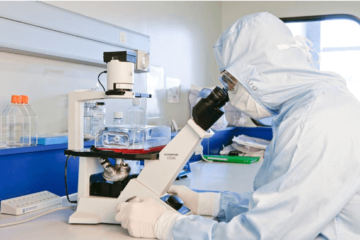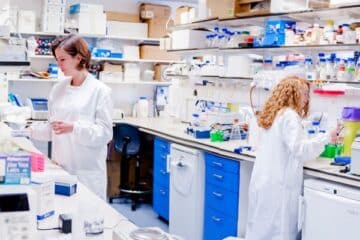Stem Cells in Treating Severe Lumbar Disc Herniations: A Clinical Perspective
Stem Cell Therapy for Severe Lumbar Disc Herniations: A Clinical Analysis
Stem cell therapy offers a promising treatment option for severe lumbar disc herniations. This article delves into the clinical evidence, exploring the potential benefits and limitations of this innovative approach.











